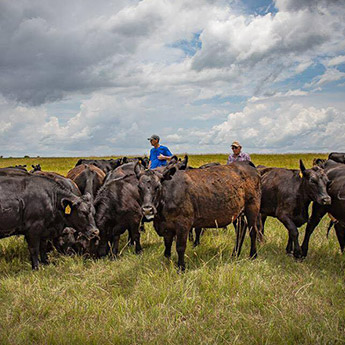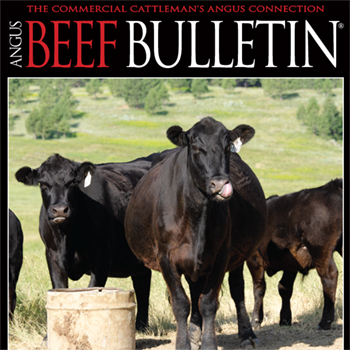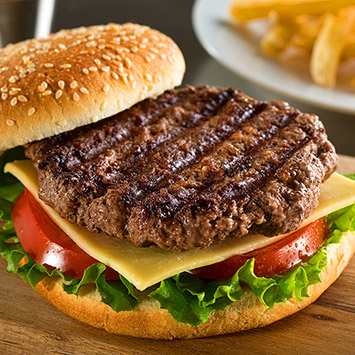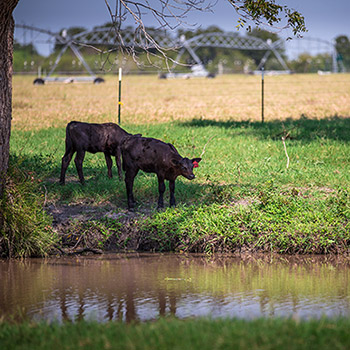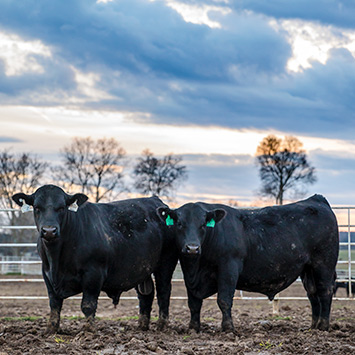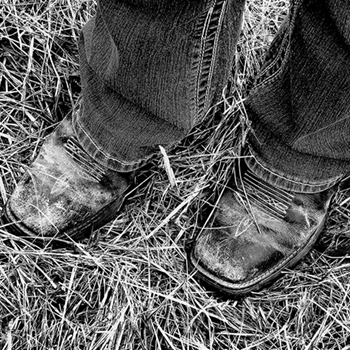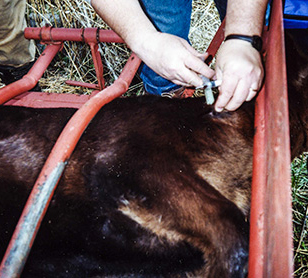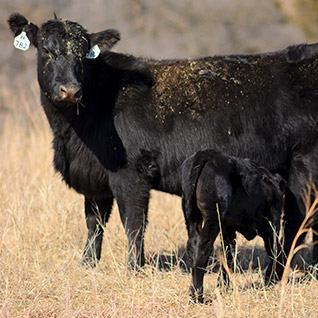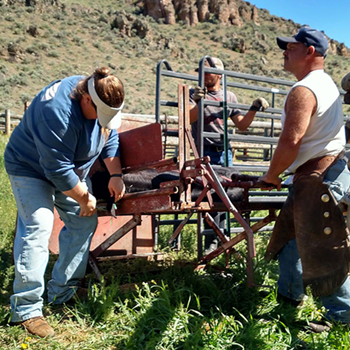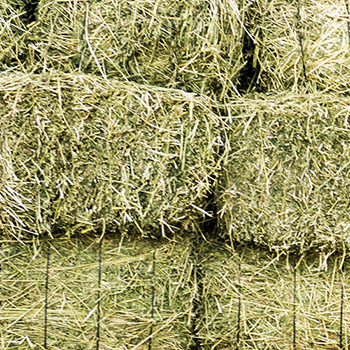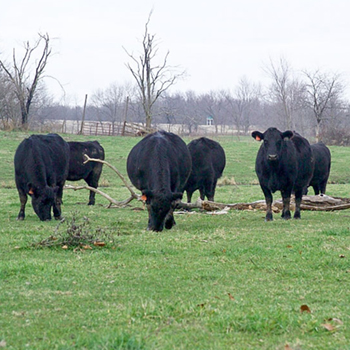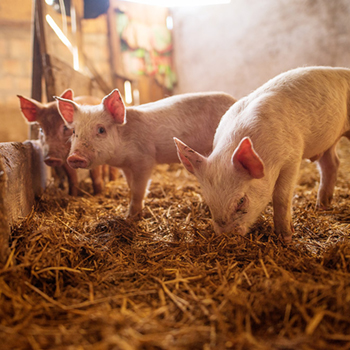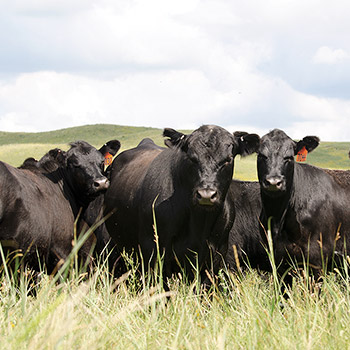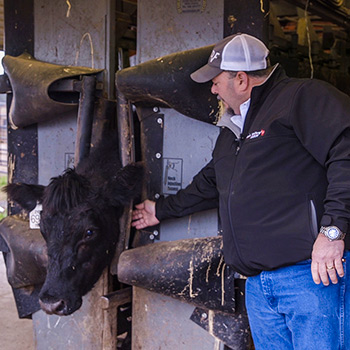
The Link
‘The future ain’t what it used to be.’
Yogi Berra, an icon to the world of baseball, once said, “The future ain’t what it used to be.” We can relate this to marketing feeder cattle through today’s various platforms and the amount of information we provide, or could be providing, to potential buyers. You, as a cattle producer, have options when it comes to marketing your calf crop.
In 2017, BEEF® magazine collaborated with Colorado State University to survey cattle producers to see how they were marketing their calves. The results found 80.9% of respondents marketed their calf crop through a local auction market, 22.2% of which indicated they marketed their cattle through a special sale. What’s more, 36.2% of respondents indicated they market their calves direct, and 8% of the surveyed producers utilized a video auction. (Note: Figures add up to more than 100% because some respondents marketed through multiple channels.)
| Fig. 1: Hide and offal values, fed steer $ per head value |
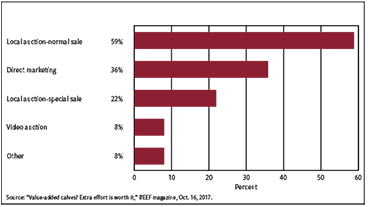 |
| Click here for larger image. |
The survey explored respondents’ attitudes toward value-added potential of on-ranch management: 54.9% of producers indicated an all-inclusive program that verifies source and age, vaccinations, and handling and care would be of value to their marketing program. Understanding demand fluctuates with different certification programs based on a number of variables, including the export market, producers indicated the concept of “having all your bases covered” was attractive.
There is more opportunity today to add value to your calves and retrieve a return on those investments than at any other time in history. This is supported by BEEF’s most recent State of the Industry (SOI) survey published in June of 2018: About a third of producers indicated they manage cattle for value-added attributes and feel as though they receive a premium on sale day.
More specifically, 40% of respondents said they sold calves or feeder cattle in the previous 12 months that were managed with the goal of making them eligible for value-added markets. Of the 40% with that intention, 74% said they received a premium relative to the average of the nearby market the same week they sold their cattle.
It is not surprising that in today’s value-based market, feeder-cattle traits influence premiums and discounts paid. Traits like sex, weight, lot size, health, uniformity, condition, fill, muscling, frame size, breed, presence of horns, and genetics all affect prices paid or received for feeder cattle.
Good cattle managers pay attention to the values offered by the marketplace for various feeder-cattle traits and management practices. They pay attention to their “downstream customers.” They then manage their operations to take advantage of the premiums, as well as to avoid discounts. Most importantly, they communicate to potential buyers what they have done.
If you are marketing your cattle the same way your grandfather did, you may be leaving money on the table. Explore opportunities to add value to your calves and communicate the value you have added. Programs validating genetic merit or USDA Process Verified Programs (PVP) are gaining momentum. The American Angus Association® offers two programs cattle producers should consider when deciding how they intend to market their feeder calves: Angus LinkSM and AngusSource® (USDA PVP program). Both of these programs were designed for commercial cattle producers and work across all beef breeds — not just Angus.
Angus Link is a feeder-cattle program that enables sellers to communicate the genetic performance potential of their cattle (as well as other value-added attributes) to buyers at the speed of commerce in any marketplace. The program’s three simple scores serve as a “genetic hedge” for potential buyers by giving them the ability to objectively evaluate genetic merit, which goes beyond simply sharing the source of their calves’ genetics.
Chris Engel, director of Angus Link, reports that initial sales analyses show a good return on the investment to enroll. When compared to the average sale price of 210,168 steers (all weight classes) sold through five video sales, Angus Link-enrolled steers brought $2.57 per hundredweight (cwt.) more. Based on a 700-pound (lb.) steer, this equates to an additional $17.99 per head or $1,285 additional dollars on a 50,000-lb. load. In cases, some of the Angus Link-enrolled cattle brought $14-$20 per cwt. more than cattle sold at the same sale, on the same day, in the same weight class.
AngusSource, the Association’s USDA PVP, includes six verifications: Age and Source, Non-Hormone Treated Cattle (NHTC), Never-Ever3 (NE3/verified natural), Cattle Care & Handling, Calf Management, and Angus-Sired Genetic. Fig. 2 looks at the price difference between age- and source-verified cattle and non-verified cattle sold through Superior Livestock Auction during the course of eight years (2010-2017). It reveals that, on average, verified cattle brought $2.05 per cwt. more than non-verified cattle sold in the same time frame.
| Fig. 2: Factors affecting the sale price of beef calves sold / value of source and age verification ($/cwt.) |
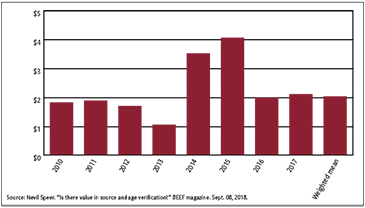 |
| Click here for larger image. |
Ginette Gottswiller, director of commercial programs and AngusSource at the American Angus Association, reported that during 2018 AngusSource NHTC cattle received $2.30 per cwt. more than non-verified cattle sold in the same time frame. This amounts to $14.95 more per head for a 650-lb. calf, which equates to $1,100 per load sold.
People buy for their reasons. Separate your cattle from the crowd and get paid for the value you are adding to your calves.
Editor’s note: Frank Padilla is an Angus Link field representative and can be reached by email.
